A race against time in Minnesota’s Boundary Waters
From a dew-covered camp chair, I awoke to a scene of tranquil brilliance—the kind that only exists beyond cell service and trodden paths. We’d paddled more than 10 miles against the current before I ever foolishly sat down with my one glass of bourbon. Above me was a midnight mosaic splatter-painted with stars close enough to reveal every detail of Minnesota’s vacant backcountry. Beside me were zipped-up tents housing those who’d long called it a night, and across the water on another island was a cow moose acknowledging a fellow night owl. Sleeping in a back-wrenching position certainly wasn’t planned, but the heavy hands of time surely have a way of molding careless mistakes into cherished memories.
It wouldn’t be the first miscalculation of the trip, either—nor the only fond recollection all these years later.
When Alpacka Raft invited me to the Boundary Waters in 2019, I wasn’t sure what to expect. I’d never been packrafting. I’d never been to Minnesota. And, to be honest, I didn’t know much about the area other than a decent reputation for smallmouth fishing. Our hosts, Thor Tingey and his wife, Sarah, weren’t really sure of what they were getting into, either, meaning we were all first timers. There’s a beauty in recognizing the absence of expectations, but also an attached set of uncertain risks, and we would ultimately see both sides of that coin.
I first met Thor and Sarah, as well as my fellow traveling writers, near the baggage claim in Duluth. Initial handshakes instantly sparked comparisons of various fishing strategies and tackle preferences, as well as old stories that served as evidence for each. Industry folks know better than anyone the fast-tracked arc of a press trip, where first impressions are swiftly erased by shared experience. This was a rare occurrence in which I was an outsider—a conventional Texas boy among a tribe of clearwater fly fishermen.
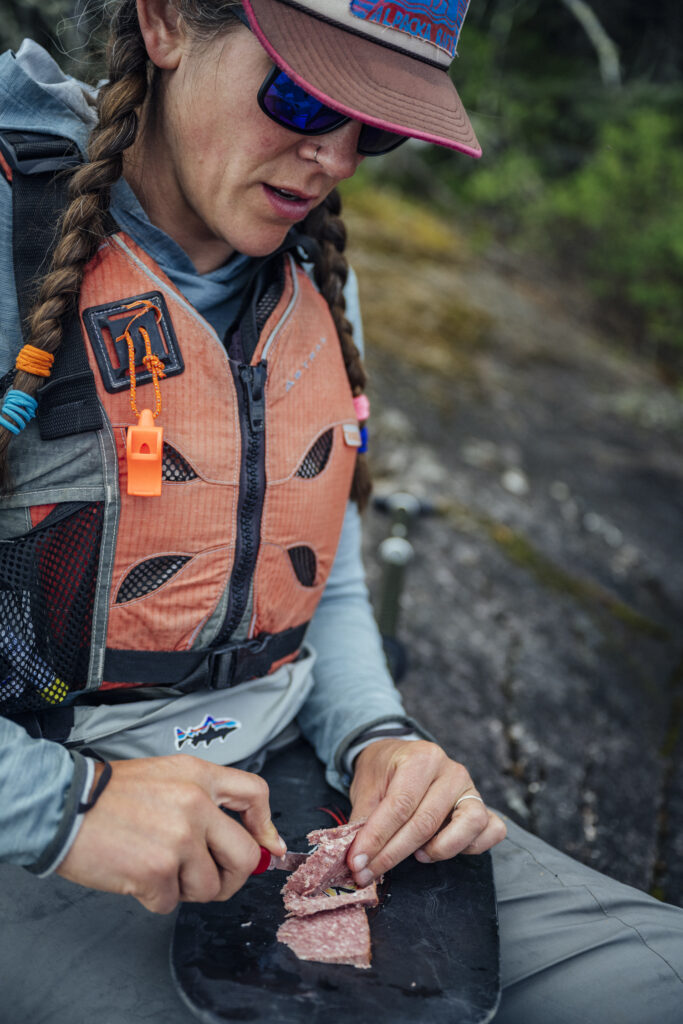
We caravanned up to Grand Marais, where we’d stock up on snacks and fishing licenses before making the two-hour trek to a cabin at Tuscarora Lodge and Canoe Outfitters. It was here we would assess a series of maps, the forecast, and overall fishing conditions to devise a plan. The weather looked promising, but we were prepared to catch some scattered showers throughout the day. The more daunting obstacle, however, was the distance we planned to travel, as well as the flatwater river system’s opposing current. Keeping our maps dry would be a top priority, too, as the Boundary Waters inevitably become disorienting at times.
Fortunately, we had the privilege of shedding essentially all the weight of a classic canoe while simultaneously doubling storage space with our Alpacka Oryx packrafts. Weighing only 10.8 pounds, the Oryx packraft can fit into travel bags, the back of a closet, or the trunk of a sedan. And, even when it’s completely filled, you can easily pick it up with one arm and carry it through any portage or low-water hang-up.
However, the hands-down best feature of this packraft was the 13.1-inch tube diameter, which stored as much gear as you’d ever need on a multi-day fishing expedition. Being able to completely fill the tubes with gear while still floating and tracking effectively was remarkable. The key is properly distributing weight so you’re not leaning too far to one side, and even then you have the ability to carry up to 800 pounds, including the weight of one or two passengers. As a tandem, two people can comfortably sit in the raft, but you can also effectively paddle alone just as you would in a kayak.
My newfound friend and canoe partner, Johnny Sain, and I were able to fit tents, chairs, clothing, fishing rods, tackle, cooking supplies, food, and other miscellaneous camping gear with plenty of space and weight capacity to spare.
PUSHING THE BOUNDARIES
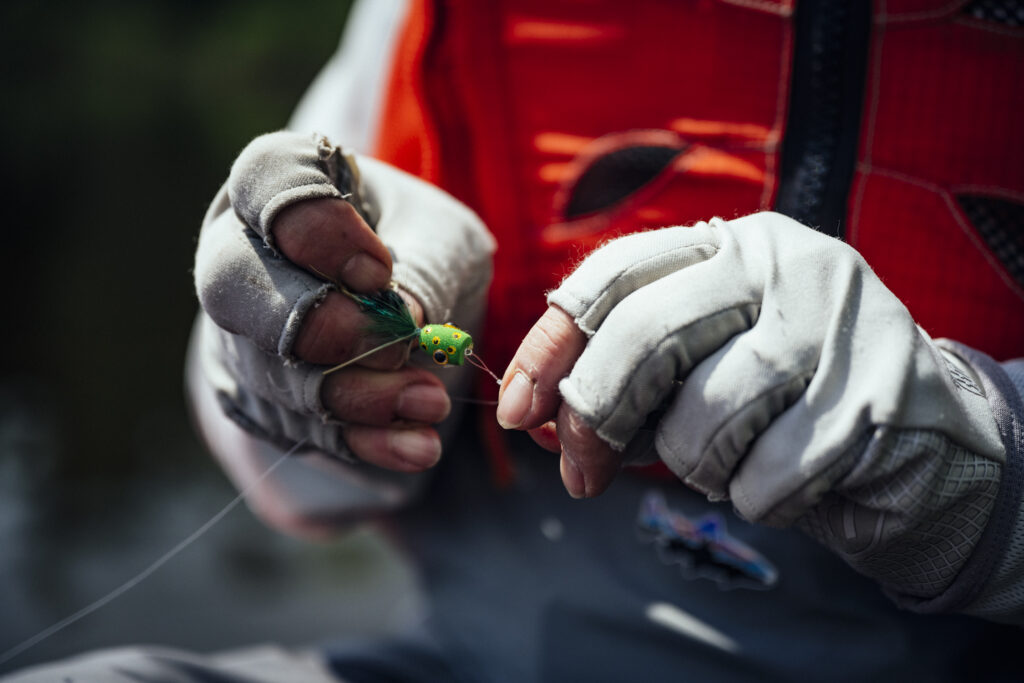
Like most of the splendor Mother Nature has to offer, the Boundary Waters unquestionably tests your physical limits. But by that same token, no part of this journey would disappoint. With each taxing stroke came a deep breath of fresh, northern air. Each thrust against the water’s defiance paralleled heart-stopping reflections of feathered clouds and prolific evergreens. As tempting as it was to stop and take it all in, these waters afforded the option to stay the course. With 20 miles ahead, Minnesota’s seemingly endless, untainted beauty left us reaching for a look around the next bend.
Seldom did we stop, and when we did, there wasn’t much time to rest. A quick series of photos, a snack, and another get-to-know-you session came every couple of hours, but as soon as I’d feel my breathing start to slow down, I’d hear someone behind me say, “It’s probably time to hit it.” And, as much as my body wanted to stay put, I knew comfort was the Boundary Waters’ forbidden fruit.
After pushing for another several hours, we’d covered enough distance to slow down and throw a line or two, which felt like snatching that paycheck after a week’s worth of work.
The smallmouth bass were plentiful. Having very little fly fishing experience, I stuck with my conventional gear, which comprised two baitcasters—one with monofilament line and another with braided—to employ a variety of topwater and diving lures. But nothing I had compared to my adopted colleagues’ fly fishing tackle; poppers thrown toward rocky banks stuck pure gold. Countless smallmouth on the fly offered steady entertainment, the occasional pike a whitewater spectacle.
INTO THE WILD
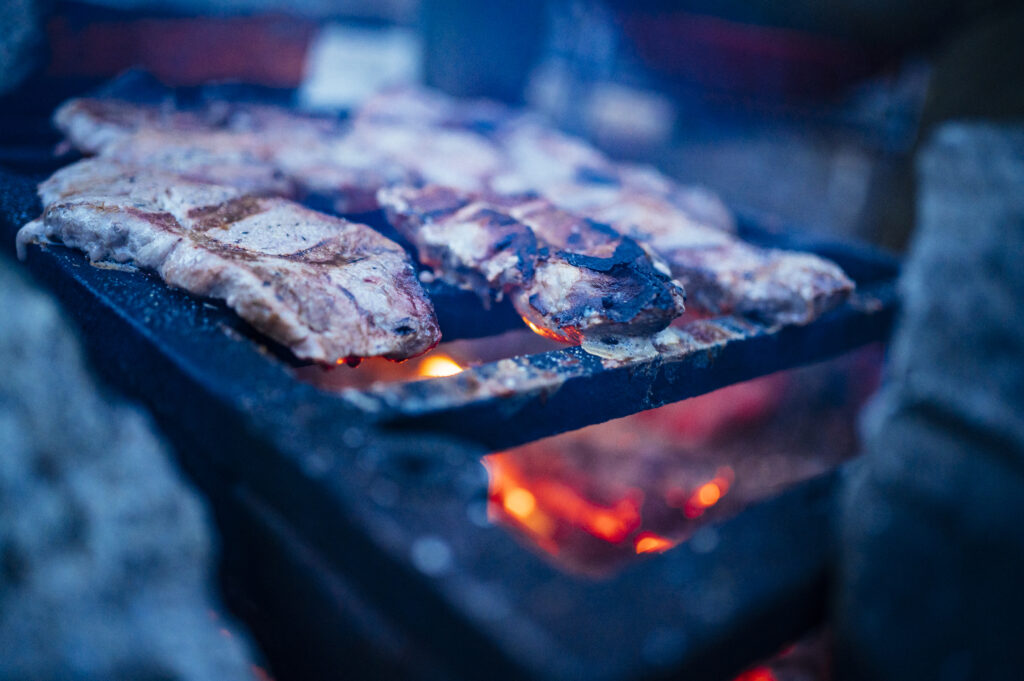
It wasn’t until we landed at our campsite that I actually laid hands on a fish, a smallmouth weighing no more than 2 pounds. As rewarding as a first fish feels, it was merely an added bonus to the isolation the Northwoods’ frontier bestows. From the time we set up camp until we packed up and left, we didn’t see one boat on the water—a phenomenon both invigorating and intimidating.
Before falling victim to my chair-bound power nap, I shared a freeze-dried dinner over an open fire with my pack of voracious paddlers. A cool breeze soothed sweaty brows before giving way to a brisk evening only the northernmost region of the Lower 48 can produce in early June. The campsite consisted of four tents, each housing two people and various gear we needed to keep dry for the days to come.
Assuming we’d already covered almost half of the trip with still another night to camp, we decided to dedicate the second day to fishing with a lighter task of only 4 or 5 miles (as opposed to the 10 we covered in the 24 hours prior).
THE OL’ RELIABLE
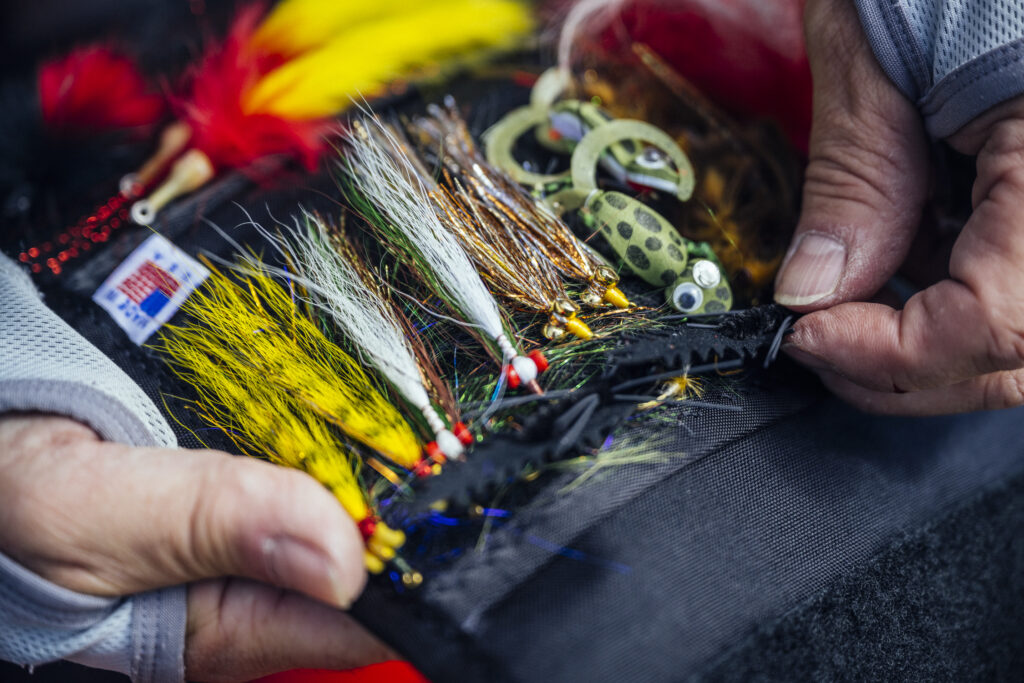
I tend to value the joys of trying new things more than the satisfaction of mastering one particular skill. I suppose you could call me a “jack of all trades, master of none,” but I think of it more as an affinity for collecting. Instead of maximizing my knowledge on one particular thing, I prefer to dabble in as many as I can.
This approach certainly applies to fishing, which is why I decided I was good on smallmouth, a species I targeted for years as a kid growing up along the James River in southern Virginia. I wanted to catch a new fish, and there was only one with strong numbers in the Boundary Waters that I’d never caught before: northern pike.
I figured I had the day to catch one. It didn’t need to be big, but I needed to hold a pike in my hands.
As the only angler with conventional gear, I was on my own in determining what would work. Rummaging through my pack, I came across the lure my father called his “ol’ reliable” for years—a vintage Fred Arbogast Jitterbug—and vaguely remember pike being at the enter of some of his classic fishing reruns. Ironically, it was the first lure I ever owned, passed down when he helped me put together my first tackle box, and yet I’d never caught a single fish on the thing.
Several smaller pike breached the surface to only investigate my barrage of persistent casts. Then, suddenly, with more than half of the day behind us, a topwater explosion interrupted the passive rhythm I’d wistfully settled into.
I had the drag set low for the slim possibility of hooking into something big, but it turns out a small northern will fight like a trophy-class largemouth bass. And, while it wasn’t a trophy pike, I successfully knocked a new species off the list and finally scratched up Dad’s old Jitterbug with some battle scars.
NOW OR NEVER
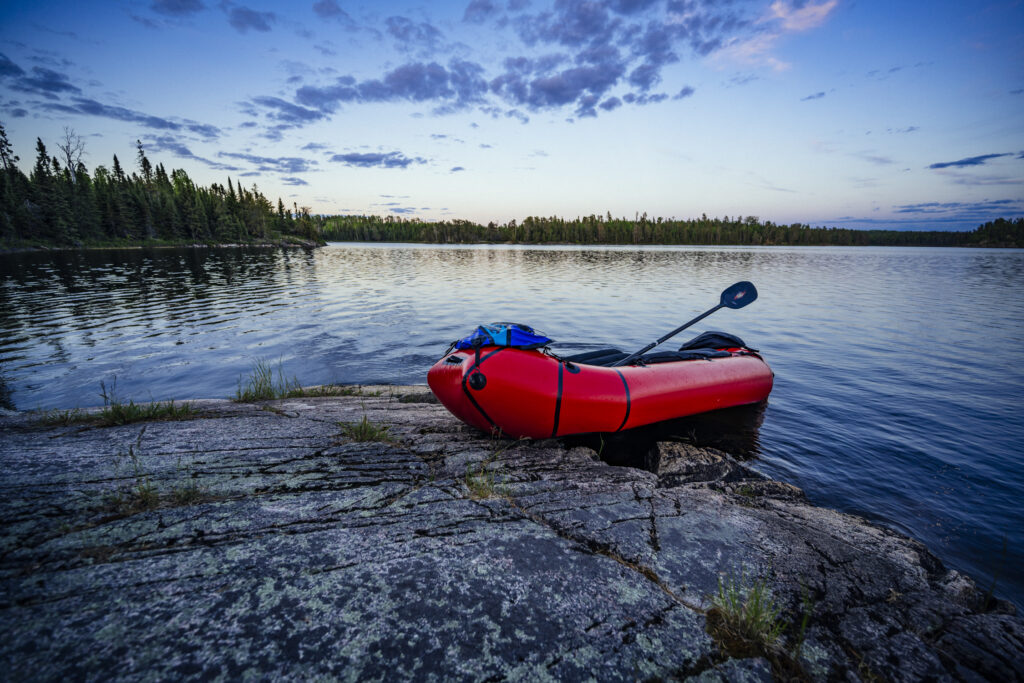
We didn’t want to finish so quickly. Our flights out of Duluth, Minnesota, weren’t even scheduled to take off for another 36 hours. Due to circumstances out of our control, however, we found ourselves desperately chasing the sun to wrap up a day early.
There are few things scarier than finding yourself stuck on the water, especially when you’re alone in an unfamiliar place. We fortunately came as a group, but we were stranded and had only a map to get us home.
The designated campsites in the Boundary Waters are typically easy to come by, but this weekend was different. We came to a unanimous theory that schools had just let out for the summer when we saw what looked to be teenagers using every single site we could’ve realistically claimed along the second leg of our trek. Thor and Sarah then found themselves in a difficult position where they had to decide whether we were going to camp on undesignated land or try to paddle against the wind and finish the circuit a day early.
Despite dwindling daylight and a collective sense of exhaustion, we helped them decide on powering through. With 5 miles to go and the current against us, we decided to tie each of our four rafts together to make a larger, more aerodynamic unit. But we still had 10 miles ahead of us beneath a fading sky. Our group included a handful of older gentlemen who needed the occasional break (despite never once complaining). Rods would emerge from beached rafts like flags of hope on a lost battlefield. The sun had touched down, lungs had deflated, and pragmatism had all but escaped. Jeremiah Watt, a seasoned veteran in both photography and fly fishing, then exchanged his rod for a Smartwater bottle filled with a golden-brown liquid. After a quick swig and a bittersweet grimace, he laughed and tossed the bottle over our bleak state of affairs.
“Get you some knowledge, bro,” he said.
Surely bourbon isn’t the best fuel to finish an improbable quest, but somewhere between the admission of defeat and the drowning of worries out of our control was the collective spark we so desperately needed to push forward.
With lifted spirits, we packed up our gear one last time, tied our rafts back together, and mashed the gas toward refuge. After an hour at most, we were already relying on crimson reflections to navigate our crash landing. As the second hour passed, our runway faded into moonlit obscurity. It wasn’t until my raft touched the paved launch that I even knew for sure we had made it.
There’s an ideology among hunters and anglers that I believe speaks louder than any other: The toughest trips make for the best stories. I find it especially true when surrounded by good people, a luxury I most certainly savored in Minnesota.



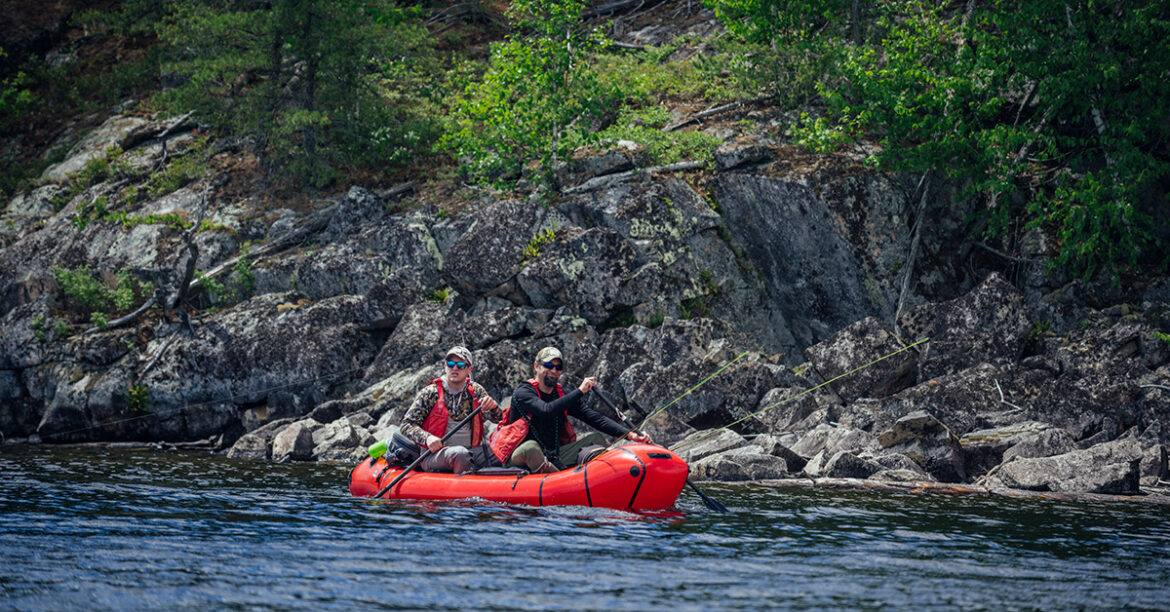
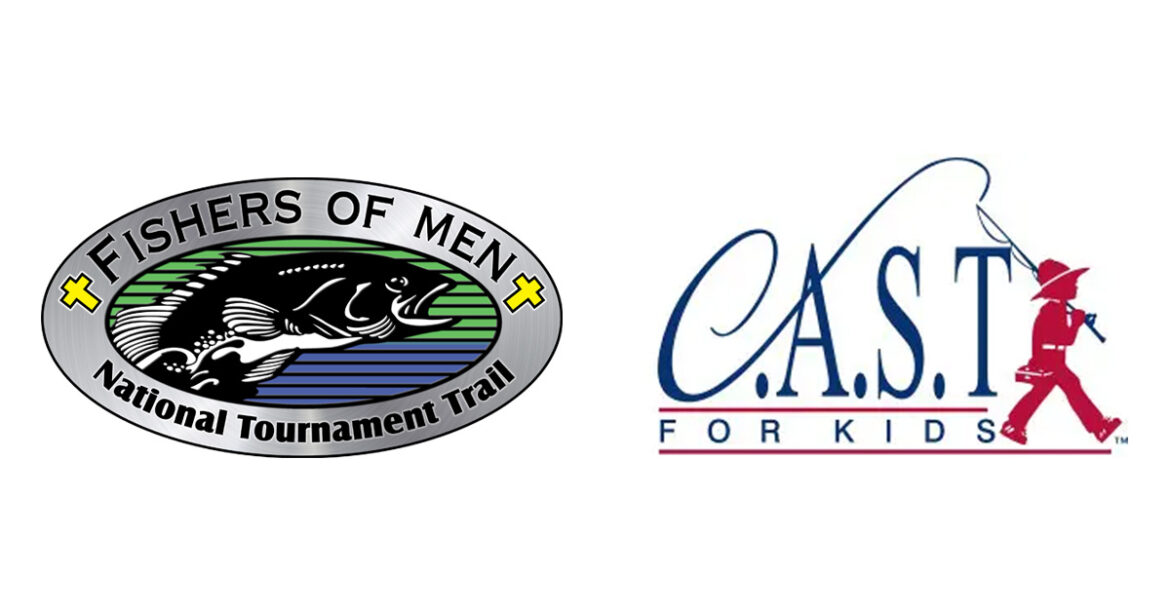
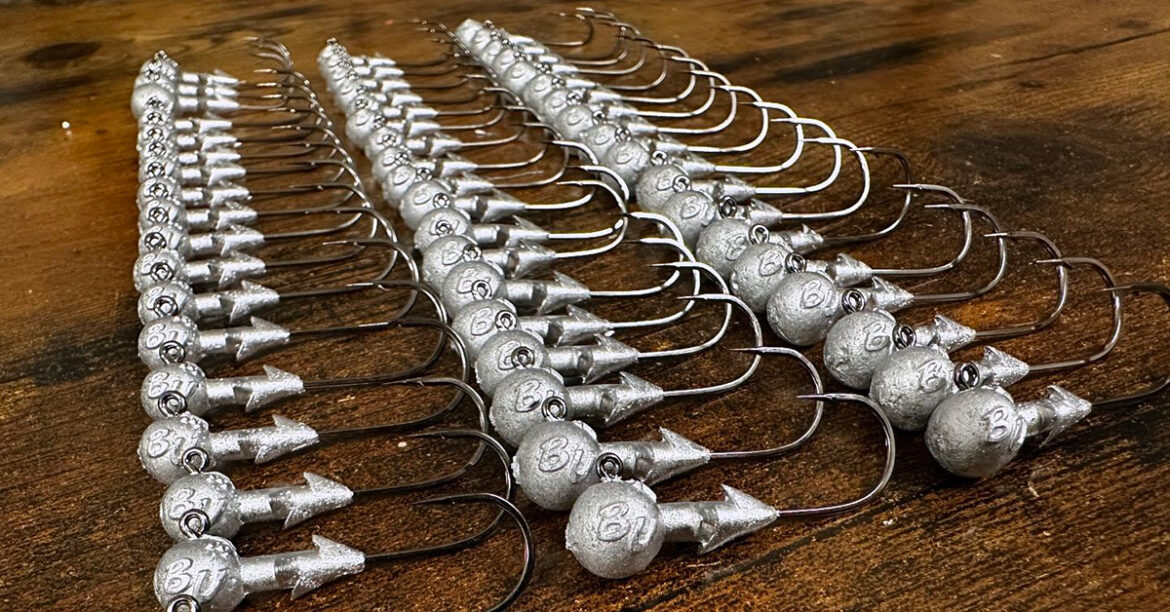
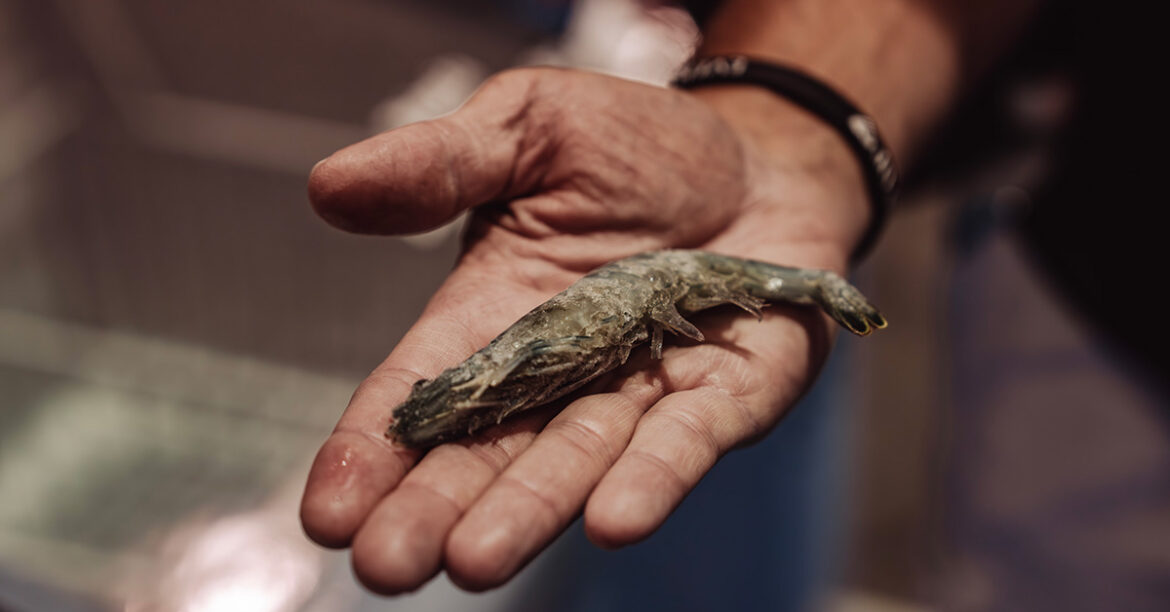
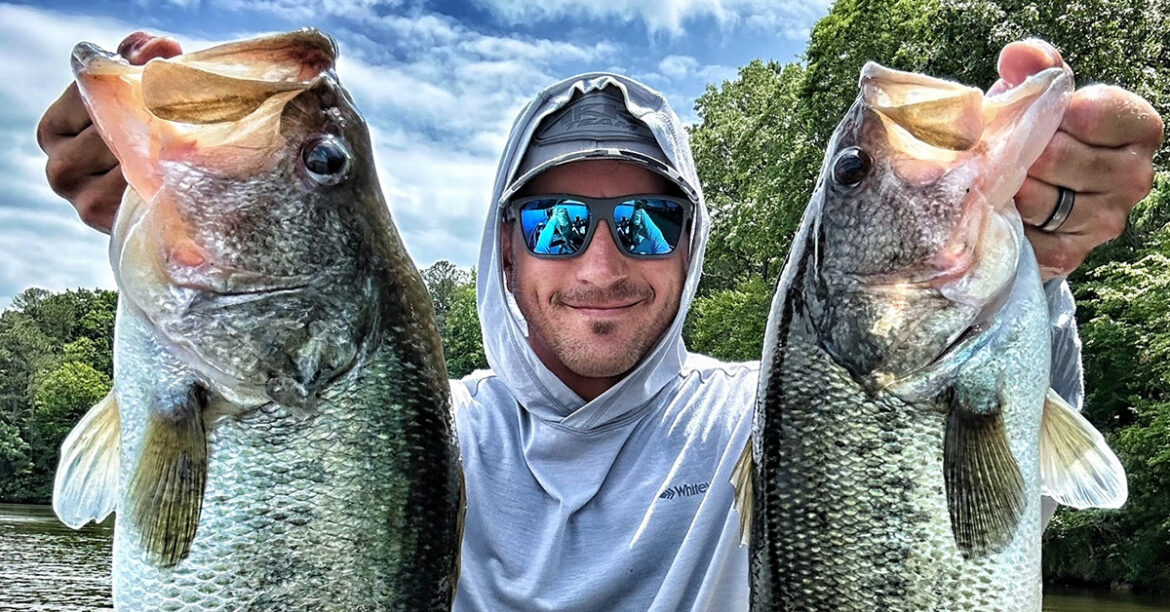
Leave a Reply